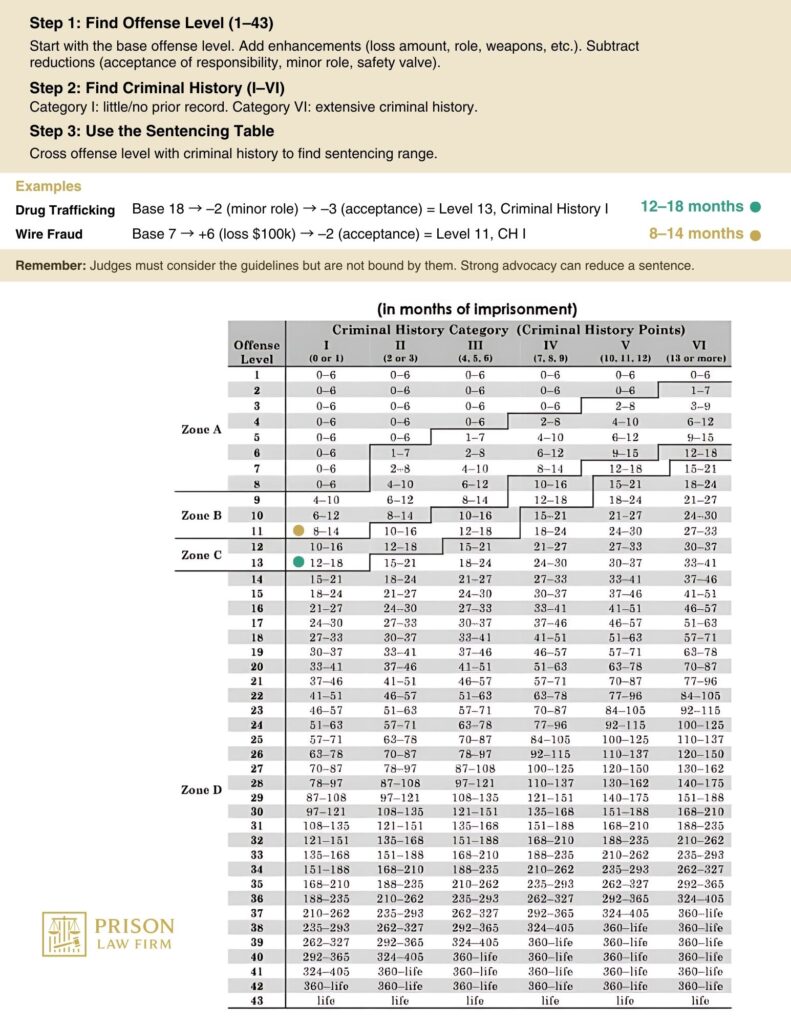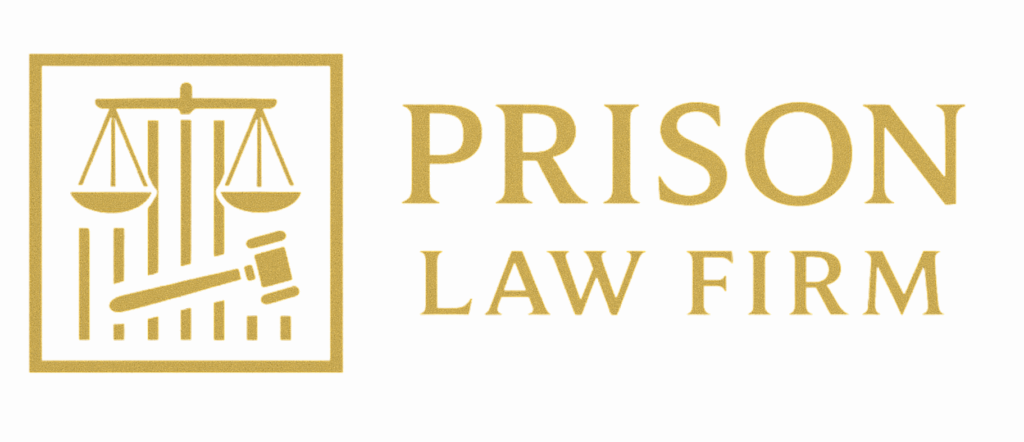The Federal Sentencing Guidelines (FSG) help ensure that sentences across the federal system are fair and consistent. But how do they really work—and what’s new in 2025? Let’s break it down.
What Are the Federal Sentencing Guidelines?
Developed in 1987 by the U.S. Sentencing Commission (USSC), the FSG provide a structured system for sentencing based on two main factors: the severity of the offense and the defendant’s criminal history. They include 43 offense levels (the higher the level, the more serious the crime) and criminal‑history categories from I to VI.
Important: Since United States V. Booker (2005), the guidelines are advisory—judges must consider them but are not bound to impose a sentence within the suggested range Legal Information Institute.
Recent and Upcoming Updates (2025+)
- On April 11, 2025, the USSC announced amendments addressing supervised release, drug trafficking, and firearms offenses, calling them “bipartisan, common-sense ideas that will protect public safety, reduce recidivism, and facilitate rehabilitation”
- The 2024 Guidelines Manual reflecting amendments through November 1, 2024, is now available. Additionally, approved amendments effective November 1, 2025, were submitted to Congress in April 2025 and are forthcoming in the Federal Register United States Sentencing Commission.
- The USSC is also gathering public feedback on priorities for the 2026 amendment cycle, encouraging practitioners and the public to weigh in.
These updates illustrate the Commission’s ongoing efforts to refine sentencing policy.
How It Works — Simple Examples
A. Drug Trafficking Case
Scenario: John is convicted of trafficking a controlled substance.
- Offense Level: Let’s say the base level is 18 (hypothetical).
- Adjustments: If John was just a minor player, he might receive a –2 level reduction. If he accepted responsibility early, he might qualify for an additional –2 or –3 level credit Wikipedia. United States Sentencing Commission.
Result: With these reductions, John’s offense level might drop to 14 or 13, translating to a lighter sentencing range under the guideline table.
B. Wire Fraud Case
Scenario: Maria is convicted of wire fraud with a loss of $100,000.
- Base Offense Level: Could be level 7, depending on statutory maximum.
- Enhancements: Loss amount may increase it. For instance, a $6,000 loss adds +2 levels United States Sentencing Commission. If she abused a vulnerable victim, another enhancement could apply.
Result: Her offense level might reach level 11 or 12—leading to a significantly longer recommended sentence.

Why This Matters
Understanding sentencing guidelines is critical for attorneys advocating for fairer sentences. The difference of a few levels can translate into years of prison time. Keeping pace with updates—like the ones rolling out in 2025—is essential for making the most persuasive case for your clients.
Helpful Resources
- United States Sentencing Commission (USSC) — Guidelines Page (includes manuals and amendment documents) United States Sentencing Commission
- Overview of the Federal Sentencing Guidelines (PDF) — basics and offense level structure Congress.gov
- USSC Press Release – April 2025 Amendments — highlights of recent changes United States Sentencing Commisssion
